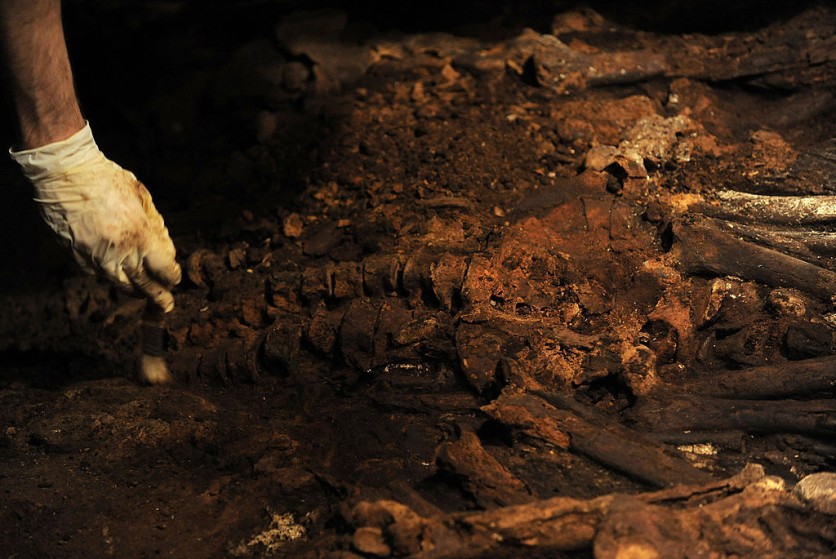In 1960, archaeologist Francisco González Rul discovered a Teotihuacan village near Mexico City. At the time, he discovered ceramics that hinted that the village's dwellers were self-sufficient.

Exploring 1,600-Year-Old Teotihuacan Village in Mexico City
From March to June 2023, a new chapter of exploration unfolded as archaeologists embarked on new excavations, solidifying early findings.
These recent endeavors revealed various structural elements, including canals, floors, rams, stone alignments, post holes, and a notable artesian well.
During their exploration, the researchers also stumbled upon the remains of three human burials, including an intriguing collection of polished boxes with an annular base plate. These humans were found to be two adults and one minor.
Summing up their discoveries, archaeologists Juan Carlos Campos Varela and Mara Abigail Becerra Amezcua, the excavation leaders, asserted that these fresh findings definitively substantiate the presence of a Teotihuacan village in the Tlatelolco area, Interesting Engineering reported.
Based on the ceramics discovered, the Teotihuacan village's roots can be traced back to 450-650 AD, aligning with the Classic period that falls between the Late Xolalpan (350 to 550 AD) and Metepec (550 to 600 AD) phases.
While the knowledge of the Teotihuacan occupation remains limited, it's among Mexico's most extensively studied archaeological sites. The city experienced its heyday from 100 BC to 650 AD, predating the Aztec arrival in the 1400s.
While its origins remain shrouded in mystery, the Nahuatl-speaking Aztecs christened it Teotihuacan, meaning "the place where the gods were created," as Ancient Origins reported.
Initial Discovery
Francisco González Rul brought to light a Teotihuacan village in 1960, positioned approximately 30 miles northeast of Mexico City. During this initial discovery, Live Science reported that the presence of ceramics hinted at the village's self-reliant inhabitants, who were fishers and gatherers.
In response to Rul's hypothesis regarding fishermen-gatherers, the lead archaeologists emphasized that the recent findings indicate a more intricate economic setup. Varela and Amezcua noted that the 2023 findings reveal the village's more intricate economic landscape.
That suggests a combination of endeavors, potentially incorporating surplus lake utilization, hunting, and specialized craftsmanship in ceramics or lithics. Notably, the presence of fragments from solid and articulated modeled figurines lends further credence to this perspective.
The archaeologists further noted that the Teotihuacan village likely maintained exchange and interdependence ties with neighboring communities on the western bank of Lake Texcoco.
Beyond revealing Teotihuacan's presence, the excavations conducted within the 4,305 square foot property situated in the San Rafael-Juárez-Guerrero heritage preservation zone unveiled traces of Mexica settlement and four other historical occupations spanning the 18th to 20th centuries.
This extensive excavation endeavor was a collaborative effort between the Mexican Ministry of Culture, the Government of Mexico, and a research unit from the National Institute of Anthropology and History (INAH).

![Apple Watch Series 10 [GPS 42mm]](https://d.techtimes.com/en/full/453899/apple-watch-series-10-gps-42mm.jpg?w=184&h=103&f=9fb3c2ea2db928c663d1d2eadbcb3e52)



